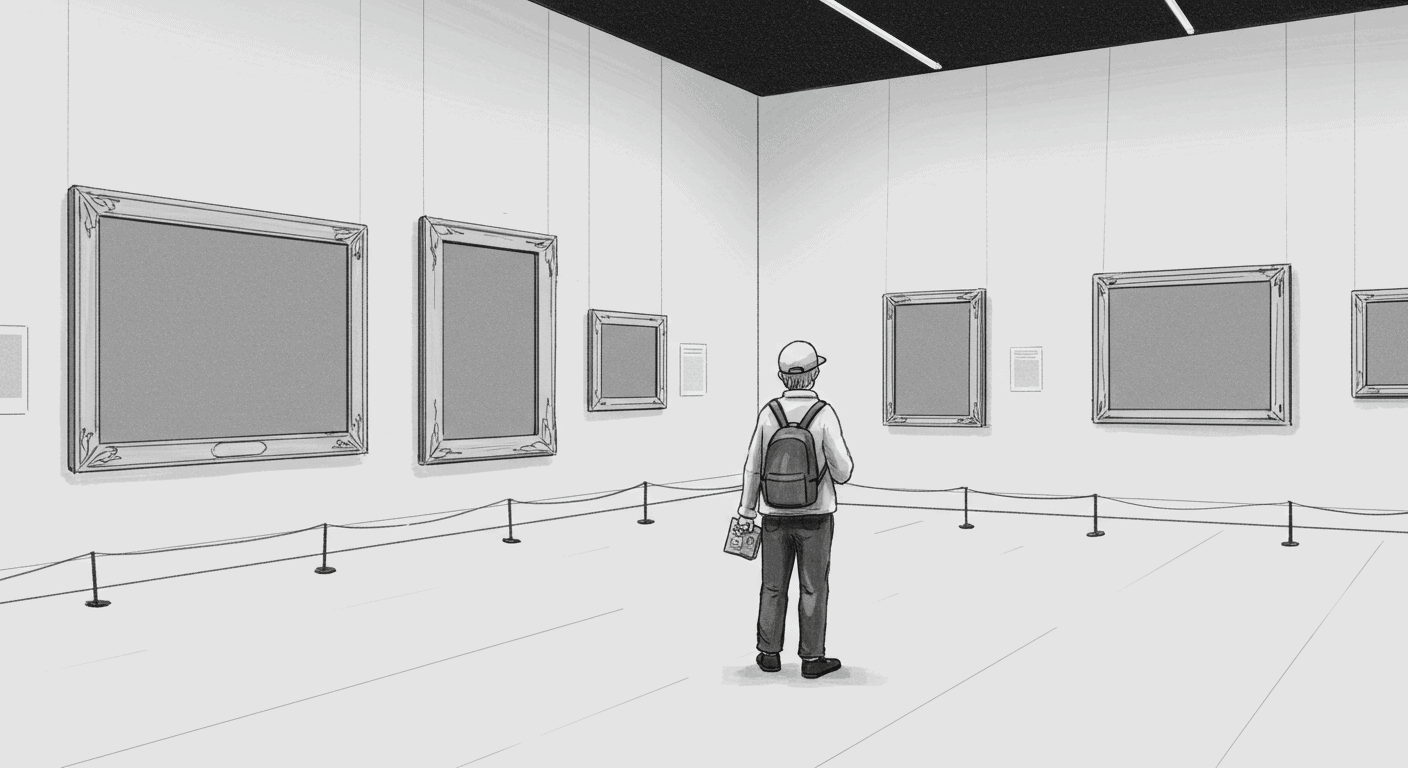When teams plan new features, they obsess over happy paths: full dashboards, populated lists, satisfying graphs. But the one state that usually gets the least love? The empty state.
Empty states aren’t just placeholders or cosmetic afterthoughts. They’re critical moments — tiny psychological battlegrounds where your product either earns trust or quietly pushes users away. While everyone fawns over hero sections and fancy motion graphics, empty states do the quiet, unglamorous work of user education and reassurance.
Most teams default to the tragic combo of a sad icon and a limp line of copy: “No data yet.” This isn’t design; it’s design theatre. The first time a user lands on an empty state is often their moment of maximum vulnerability: they’re unsure if they’ve set things up right, they’re hesitant to click, and they’re hoping your product won’t betray them.
The psychology of nothing
When faced with an empty state, users don’t interpret it as a casual blank slate. They see it as an immediate question: Did I mess up? Did something break? What am I supposed to do next?
A good empty state is a subtle psychological handshake. It says: “You’re fine. Here’s where to go next.” It reduces friction, anxiety, and the urge to rage-quit and blame the product.
Effective empty states answer three essential questions:
- What should be here? Paint a clear picture of success — whether that’s a list of tasks, a populated chart, or a shared workspace.
- Why is it empty? Set context clearly. Are they new? Did they skip a setup step? Is this optional or essential?
- What now? Offer a clear, single next action. Not a choose-your-own-adventure novel. One decisive invitation.
Decoration is not direction
We all love a mascot or a quirky illustration — they make presentations look charming and give brand teams something to brag about. But illustrations are not directions. An AI-generated floating cat with a telescope doesn’t help me understand why my report is empty or which integration I need to activate.
If your user has to decode your illustration like it’s modern art, you’ve failed. Clarity should always lead, and charm should follow. Save the jokes and quips until after your user actually knows what they’re meant to do.
Guilt is not a growth strategy
There’s a worrying trend of guilt-based microcopy: “You haven’t invited your team yet — why not make today the day?” This feels less like a helpful nudge and more like a passive-aggressive post-it note from your flatmate.
Instead, opt for warmth and encouragement: “Start by inviting a teammate — it only takes a moment and makes collaboration easy.” Remove shame, add empowerment. You’re inviting them into action, not scolding them for inaction.
Empty states evolve with your product
Most teams design empty states as static artefacts: a single illustration and line of copy forever stuck in time. But empty states should mature alongside your product and your users.
Early on, they might simply explain what’s coming. Later, they can introduce templates, suggest advanced configurations, or showcase power-user shortcuts. They become stepping stones in a user’s journey rather than abandoned side quests.
Imagine onboarding a new analytics tool. The first empty state gently introduces the idea of connecting a data source. Later empty states might guide users toward custom reports, advanced dashboards, or integrations they haven’t explored yet. Smart empty states adapt and deepen engagement over time.
The invisible MVP of product trust
A thoughtful empty state signals to your user: “We know this moment is awkward. Here’s a clear, frictionless way forward.” It’s a small touch that, ironically, feels more human than any big campaign splash ever could.
Neglected empty states increase confusion, support tickets, and churn. And they do it silently. You’ll rarely hear a user say, “I churned because of a bad empty state.” But you will see it in their behaviour: dropped sessions, abandoned sign-ups, and quiet disappearances.
Practical steps for an empty state that actually works
Want to make an empty state that doesn’t just look nice in a Figma file? Here’s a concrete approach:
- Map all blank moments. New accounts, cleared dashboards, failed imports — anywhere the user might see “nothing.”
- Identify the key action. What single next step matters most? Prioritise it unapologetically.
- Write like a human. No buzzwords or startup jargon. Speak plainly. If you can’t explain it to a friend in a pub, rewrite it.
- Establish visual clarity. Make the primary action impossible to miss. Your CTA should stand out without screaming.
- Watch and iterate. Observe real users interacting with your empty states. Do they understand? Do they act? Or do they freeze and leave?
Empty states will never headline your investor deck. They won’t get love on Twitter threads. But they quietly reduce churn, improve activation rates, and build loyalty. When a user encounters an empty state and feels guided, they’re more likely to give your product another chance — and another after that.
In the end, empty states are not just design details. They’re the ultimate product honesty test: do you actually care about your user’s experience, or just about looking clever?
Design them as if they’re your most important screens. Because when there’s nothing else to see, they’re the only thing that matters.
